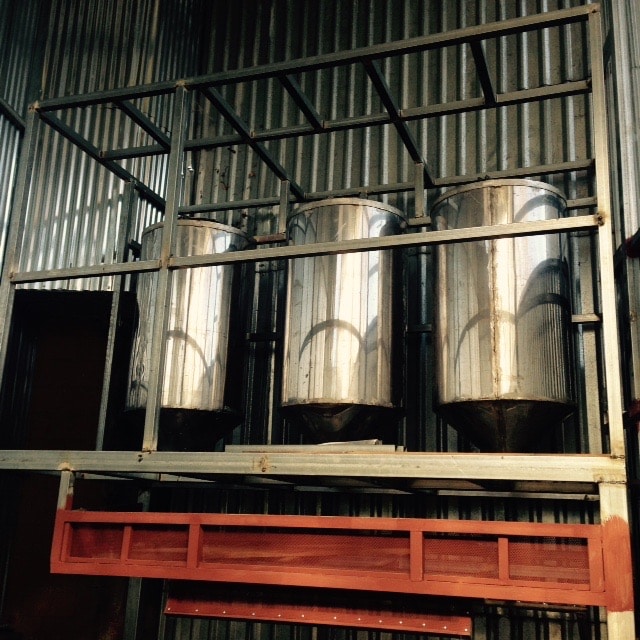
Have you ever heard about thermal fermentation ?
To answer this question, we spoke with Luis Campos from Cordillera de Fuego in Costa Rica. Luis Campos is the owner of the mill ‘Cordillera de Fuego’ from where we imported several lots this year.
The process starts by selecting the cherries when they are at their ripest point allowing them to have a high sugar content.
Then the thermal process begins with a high temperature shock, around 70 degrees Celsius for a short period of time. In order to do so, coffee is pulped and put in direct sun. The exposure to the heat starts to breakdown the natural sugars of the coffee cherries, partially caramelizing them. This inventive process gives the coffee an exceptionally sweet and fruity flavor as well as a round and balanced cup.
Then the coffee is well mixed and placed in a hermetically closed tank. It is very important that the tank is completely closed, otherwise the CO2 escapes and no pressure is produced. During the fermentation, during 18 to 23 hours, temperature of the tank is controlled. After 15 hours the PH is constantly measured to monitor the fermentation.
Fermentation must be stopped when the sugars in the mucilage have been consumed, but no alcohol is produced. During the fermentation, the CO2 that is produced exerts a high pressure on the beans and allows the flavors of the coffee juices to be introduced into the parchment.
Finally, tanks are carefully opened, coffee is drained (the gel that is put in the tank at this point is very liquid) and dried under the sun.
Results in cups are amazing. Very layered coffees with expressive ( but clean ! ) notes of red fruits, cinammon, ripe tropical fruits…